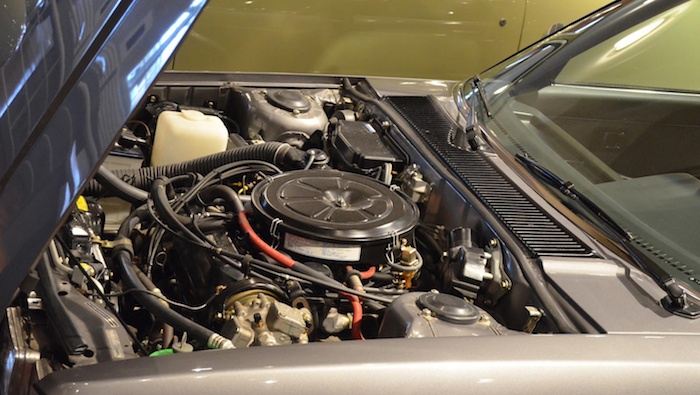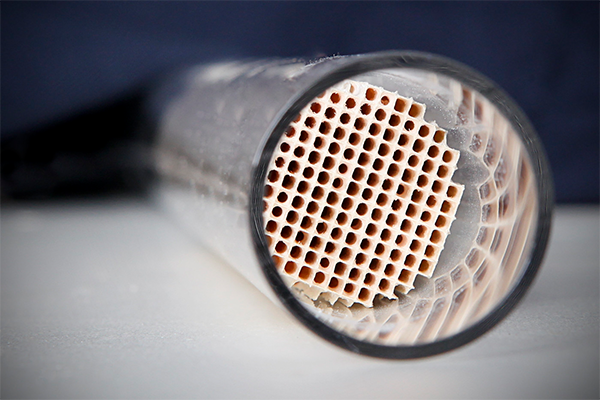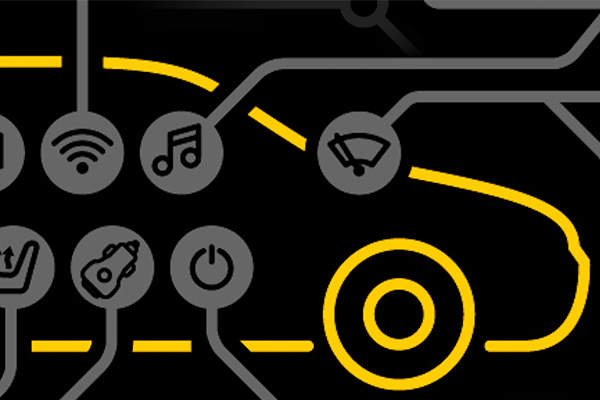Whether the distinctive, tear-drop shaped Porsche 911 strikes your fancy or the flashy Ferrari 488 is more to your taste, few choices impact handling and performance like engine placement. Getting it right takes a careful balance of traction, weight distribution, and center of gravity. Let's take a look at the pros and cons of front-, mid-, and rear-engine placement.
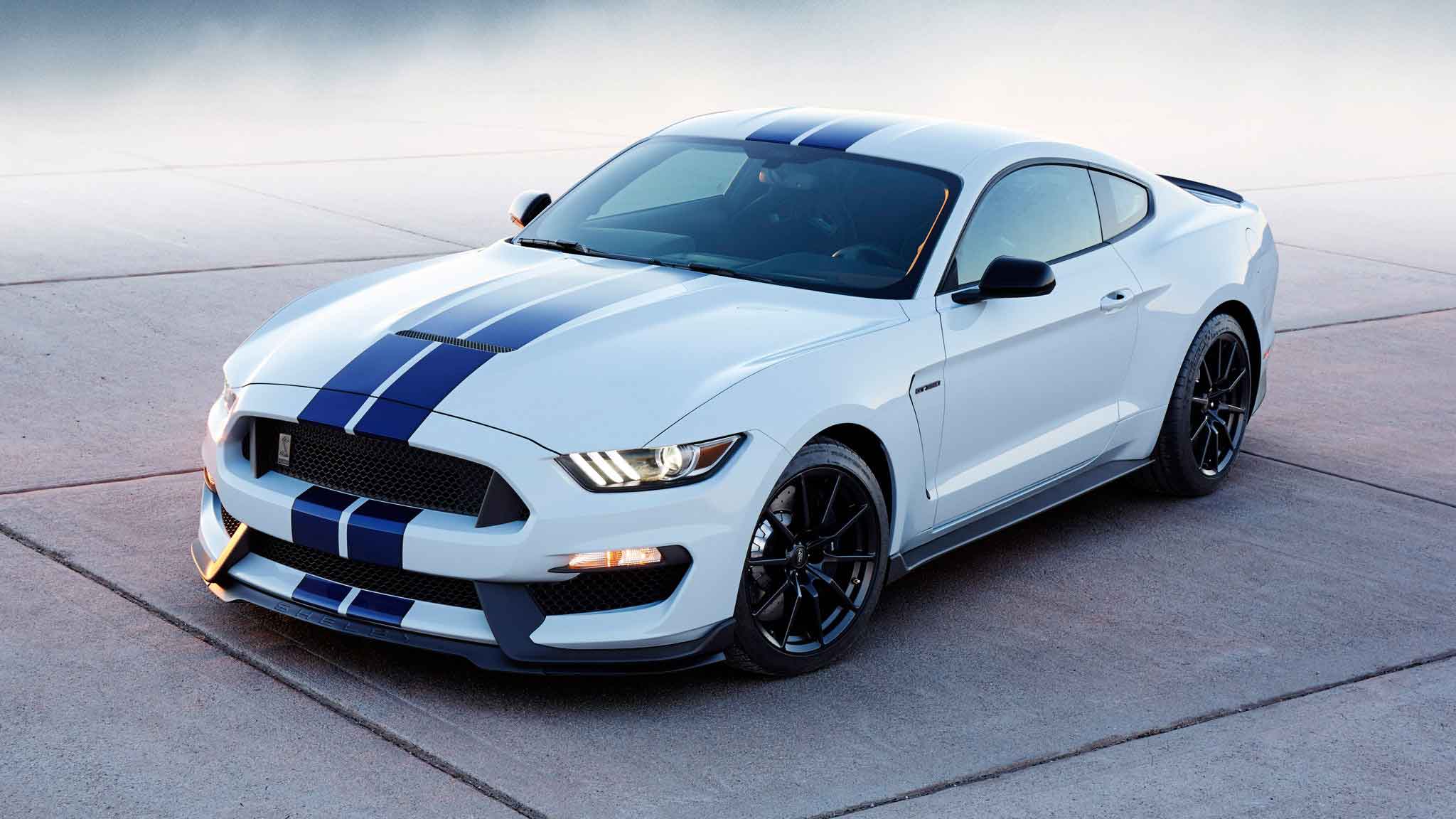
Source: Vlad Sorodoc, Unsplash
Front-engine placement
Most daily drivers on the road today boast front engines, meaning the engine sits ahead of the driver and in front of or behind the front-axle line. Front-engine vehicles come in either FWD, AWD, or RWD. For high performance examples, just look at the Chevy Camaro and Ford Mustang.
Front-engine models are by far the most popular engine placement for several reasons. First, they're offered by more affordable manufacturers. High-end manufacturers tend to stick to mid- and rear-engine configurations. Front-engine vehicles are also easier to access for maintenance and repairs. They give plenty of room to the driver and four or more passengers in a cabin far from the heat and noise of the engine. And in case of a head-on collision, the front-engine configuration offers added protection for the driver and front passenger.
But front engines come with limitations. During braking, the vehicle's weight shifts to the front wheels with little left for the rear wheels to contribute. This wears out front brakes faster and requires engineering and design that can help compensate for this weight transfer. Front-engine vehicles also tend to understeer, as the vehicle's weight shifts to the rear wheels during acceleration.
Manufacturers compensate for these challenges with features like power steering, vehicle stability control, traction control and an anti-lock brake system. They may also offer RWD to improve the balance. With a drive shaft running down the middle of the vehicle, however, the trade-off with RWD is passenger space and added weight. For these reasons, performance drivers tend to prefer the mid-engine configuration.
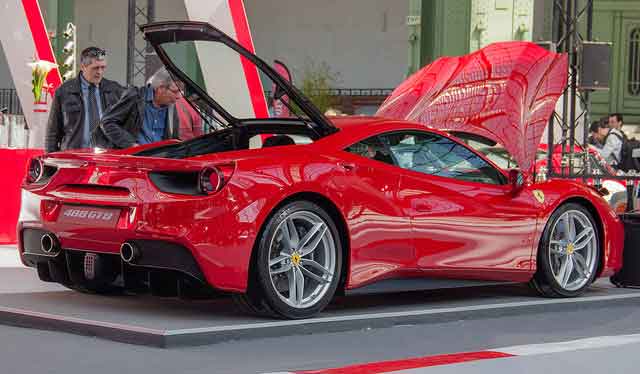
Source: Ben, Flickr
What is a mid-engine car?
In a mid-engine vehicle, the engine sits behind the driver, just in front of the rear axle, leaving trunk space in the front. Examples include the Porsche Cayman and Boxster and the Ferrari 488.
There's some heated debate about whether mid- or rear-engine vehicles offer the best performance, but mid-engine vehicles represent the optimal choice for the less-experienced, performance-minded driver. The weight of the engine lies as close to the center of gravity (CG) as possible, evenly distributing across the front and rear wheels. Low CG also means that mid-engines are especially responsive and agile. Bias toward the rear provides even more traction and stability in corners.
But drivers can struggle to recover from a spin because the weight of the engine sits so close to the middle of the vehicle. (Picture a spinning hammer with the weight in the center instead of on the end.) Since the engine sits behind the driver, designers pay close attention to venting heat. Clearances under the hood in a rear-engine vehicle tend to be pretty tight, making them difficult to service, and the geometry of the drivetrain takes some real creativity in design. Mid-engine drivers can also forget about taking more than one passenger along for the ride.
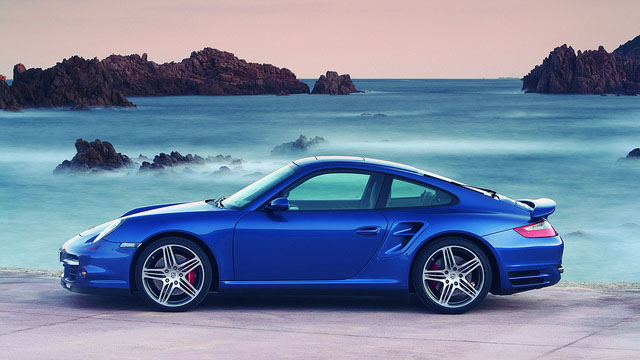
Source: Abdullah AlBargan, Flickr
Rear-engine placement
In rear-engine cars, the engine sits behind the rear axle in the traditional trunk space of a front-engine vehicle. Rear-engine vehicles struggle to compete with the practicality of front-end models and require a higher learning curve than mid-engines, so there are fewer on the road. The Porsche 911, which manages to squeeze in a backseat for two very tiny people, offers the most notable example.
In the hands of an experienced driver, though, rear-engine vehicles provide incredible handling, acceleration, and braking. (Although even Porsche moved the 911 RSR to mid-engine last year for international racing competitions and Corvette is testing a mid-engine C8). The rear tires (responsible for acceleration) carry the weight of the engine, but the weight shifts forward to share the load with the front tires when braking. The even distribution of weight during deceleration results in much shorter stopping distances. The weight of the engine pressing down on the rear wheels provides more contact and better traction. Because of the engine placement, rear-engine vehicles are more compact and responsive.
Rear-engine vehicles, however, are also more prone to oversteer or “fishtailing"—when the rear wheels slide out of line with the front wheels—create the greatest risk for this during inclement weather. The tendency to oversteer was a real problem on early Porsche models and the 1960s' Chevrolet Corvair, especially with their independent rear suspension designs. Worse, the rear ends on those vehicles could break loose with little warning, and drivers could suddenly find themselves pointed in the other direction.
While some drivers may enjoy fishtailing on a snowy back road, safely correcting oversteer takes an experienced driver .
So which configuration is best?
Drivers concerned with affordability, reliability, and safety can't go wrong with a front-engine vehicle. There's a reason these tried-and true configurations are so popular. For performance-minded drivers (with cash to burn), mid-engine tops rear engine due to the handling concerns, unless the driver plans never to drive in ice, snow, or rain, or has plenty of experience handling oversteer. But drivers who've clocked their time in a mid-engine and are ready to graduate to a rear-engine 911 may find they never want to look back—unless it's to check on their passengers.
What do you drive? A reliable front engine? A well balanced mid-engine? Or a road-ripping rear engine? Tell us your experience in the comments.


